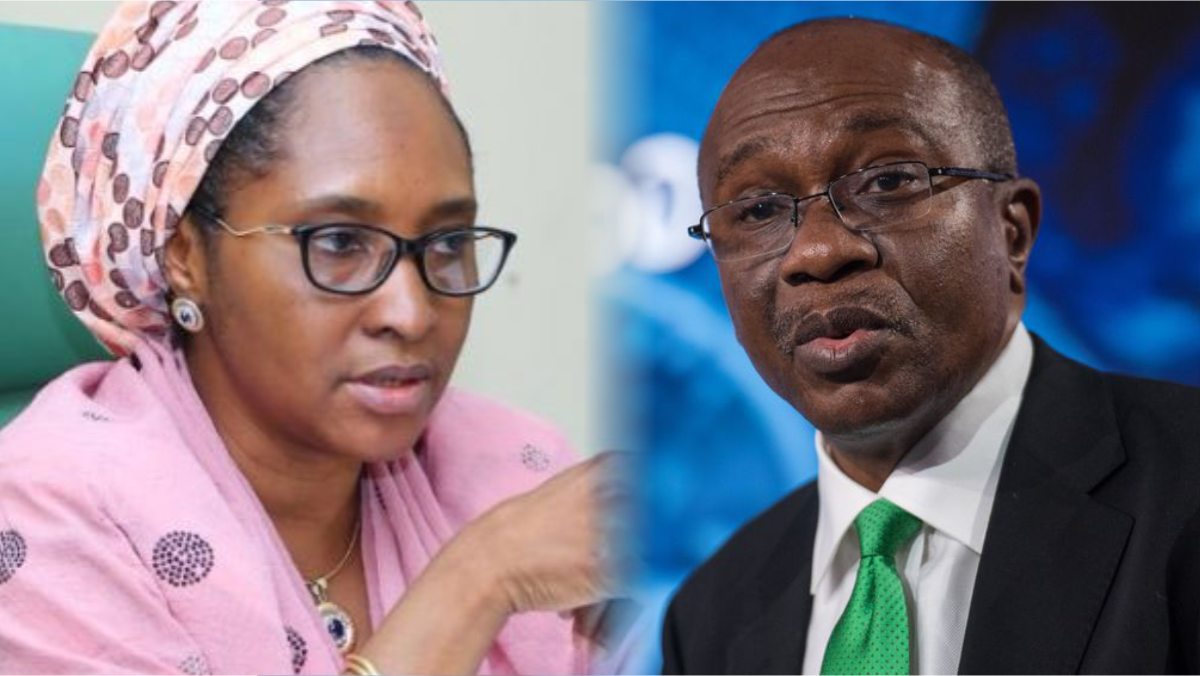Nigeria received over 40% remittance to sub-Saharan Africa in 2020: World Bank

A World Bank report says officially recorded remittance flows to low- and middle-income countries reached $540 billion in 2020, 1.6 per cent below the 2019 total of $548 billion, with Nigeria receiving over 40 per cent of sub-Saharan Africa’s share.
The report titled ‘Migration and Development Brief’ released in Washington D.C. on Wednesday provides updates on global trends in migration and remittances.
It said despite COVID-19, remittance flows remained resilient in 2020, registering a smaller decline than previously projected.
“The decline in recorded remittance flows in 2020 was smaller than the one during the 2009 global financial crisis at 4.8 per cent,” it stated. “It was also far lower than the fall in Foreign Direct Investment (FDI) flows to low- and middle-income countries, which, excluding flows to China, fell by over 30 per cent in 2020.
“As a result, remittance flows to low- and middle-income countries surpassed the sum of FDI of $259 billion and overseas development assistance of $179 billion in 2020.”
The brief said that the main drivers for the steady flow included fiscal stimulus that resulted in better-than-expected economic conditions in host countries and a shift in flows from cash to digital and from informal to formal channels.
It added that cyclical movements in oil prices and currency exchange rates were also responsible.
According to it, the true size of remittances, which includes formal and informal flows, is believed to be larger than officially reported data, though the extent of the impact of COVID-19 on informal flows is unclear.
It also noted that with global growth expected to rebound further in 2021 and 2022, remittance flows to low- and middle-income countries were expected to increase by 2.6 per cent to $553 billion in 2021 and by 2.2 per cent to 565 billion dollars in 2022.
It added that the relatively strong remittance flows during the COVID-19 crisis also highlighted the importance of timely data availability.
“Given its growing significance as a source of external financing for low- and middle-income countries, there is a need for better collection of data on remittances, in terms of frequency, timely reporting and granularity by corridor and channel.”
Highlighting regions, it said remittance inflows rose in Latin America and the Caribbean with a record of 6.5 per cent, South Asia 5.2 per cent and the Middle East and North Africa 2.3 per cent.
However, remittance flows fell for East Asia and the Pacific, which recorded 7.9 per cent, while for Europe and Central Asia, 9.7 per cent was recorded.
For sub-Saharan Africa, it said a 27.7 per cent decline in remittance flows to Nigeria in 2020 resulted in the decline of remittances by 12.5 per cent to sub-Saharan Africa to $42 billion.
It disclosed that Nigeria alone accounted for over 40 per cent of remittance flows to the region. It, however, said excluding Nigeria, remittance flows to sub-Saharan Africa increased by 2.3 per cent.
“Remittance growth was reported in Zambia at 37 per cent, Mozambique 16 per cent, Kenya nine per cent and Ghana five per cent. In 2021, remittance flows to the region are projected to rise by 2.6 per cent, supported by improving prospects for growth in high-income countries,” the report stated.
The brief added that for remittance costs, the region remained the most expensive to send money to, where sending $200 costs an average of 8.2 per cent in the fourth quarter of 2020.
It added that supporting the remittance infrastructure and keeping remittances flowing includes efforts to lower fees. The World Bank also said it was assisting member states in monitoring the flow of remittances through various channels, the costs, and convenience of sending money, and regulations to protect financial integrity that affect remittance flows.
We have recently deactivated our website's comment provider in favour of other channels of distribution and commentary. We encourage you to join the conversation on our stories via our Facebook, Twitter and other social media pages.
More from Peoples Gazette

Politics
Katsina youths pledge to deliver over 2 million votes to Atiku
“Katsina State is Atiku’s political base because it is his second home.”

Africa
South Africa’s systemic corruption closely related to ex-President Jacob Zuma’s administration: Report
The report alleged that “high-level political interference has undermined the country’s National Prosecuting Authority from responding to corruption.

Africa
Police corruption big problem in Kenya; security force compromised under President Ruto: U.S. Govt
Not only did the government try to cover up police-related killings, but Kenyan authorities asked medical personnel to keep silent on deaths recorded from police brutality.

NationWide
No one should die of malaria in Africa: WHO
“No one should die from malaria in Africa; indeed, every single malaria death is a death too many because malaria is preventable and treatable,” said WHO.

World
Pilot whales stranded in Western Australia
Pilot whales form extremely close bonds with each other. At certain times of the year, they travel in large pods, which increases the risk of mass stranding.

States
AA slates April 27 for Ondo governorship primary
James Vernimbe, the AA national secretary, announced this in a statement on Thursday.

States
PDP’s problem is how to take back power from APC in Ondo: Ewhrudjakpo
Six hundred twenty-seven delegates from the 18 LGAs are participating in the exercise, which will determine the fate of the governorship aspirants.








